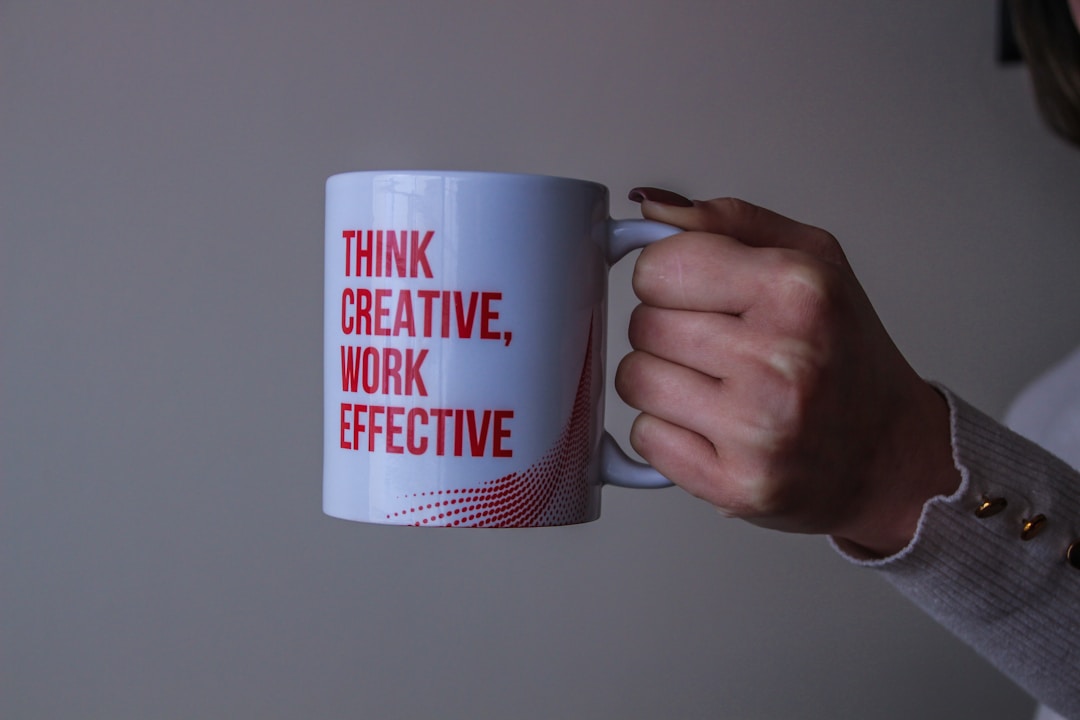The first step of a successful project is drafting a plan of action with clear objectives. Marketing teams rely on creative briefs to outline a project from ideation to final product. A creative brief is a single source of truth that ensures the scope, timeline, key stakeholders, and purpose of the project. Effective creative briefs serve as blueprints that keep the creative process on track.
What’s a Creative Brief?

A creative brief outlines the strategy of a creative project, including details such as the project summary, project goals, requirements, messaging, demographics, and other key information. A creative brief is crafted in the project initiation phase to help the creative team better understand the scope of the project. The detailed planning of this blueprint depends on the scope of the project, but the basic layout is always the same. It’s a good idea to use a single creative brief template for all creative work to customize details on a per-project basis. Effective creative briefs provide clarity on the who, what, where, when, and how of the deliverable.
Creative Brief Basics

NewsCred provides a breakdown of creative brief examples and how to draft a solid brief. A solid brief is typically a single page, up to two pages maximum. A brief should provide project context and background. Creative teams need to know the reason for a project, why it’s necessary, and the anticipated opportunities or challenges. A brief details how to target deliverables to the target audience. It’s essential to define who are the potential customers, their demographics, education level, income level, and behaviors. The deliverable description is based on the client’s vision for the project, and you’ll need to detail the key messages of the deliverable.
A creative brief includes clarity on the tone, color, font, size, logo specs, and other campaign guidelines that need to be followed. It’s a good idea to discuss core business objectives with your creative team and the stakeholders at the outset to ensure the creative project aligns with business objectives. You will need to address who from the creative team is on the project, who are the key decision-makers, and who can give approval on drafts. No brief is complete without a start date, a final version due date, milestones, and subtask deadlines. It’s crucial to include context in the creative content, such as where it appears and how it aligns with the brand’s voice—context details where the target audience will engage with the final product.
The Benefits of a Creative Brief

Drafting a creative brief at the beginning of a project ensures the creative team, project stakeholders, and client are all on the same page before the creative process begins. Every project needs a purpose, objectives, expectations, and a clear reason for being executed. A good creative brief is a living document that facilitates clear communication at every stage of the project. This prevents last-minute changes, conflicting objectives, and misunderstandings that can cost time and money.
A compelling brief allows you to maintain accountability and communication because there’s an agreement on the project’s scope, deliverables, personas, and project execution. A creative brief provides clarity on the primary goal and how to anticipate obstacles, as well as how to minimize conflict during the review and approval cycle. Setting clear objectives that align with business objectives at the outset results in the highest quality final product.
A well-written brief is the springboard of great work. Drafting this blueprint provides a clearer picture that improves the creative process, results in a higher quality final product, and a stronger relationship between creative teams and clients.

